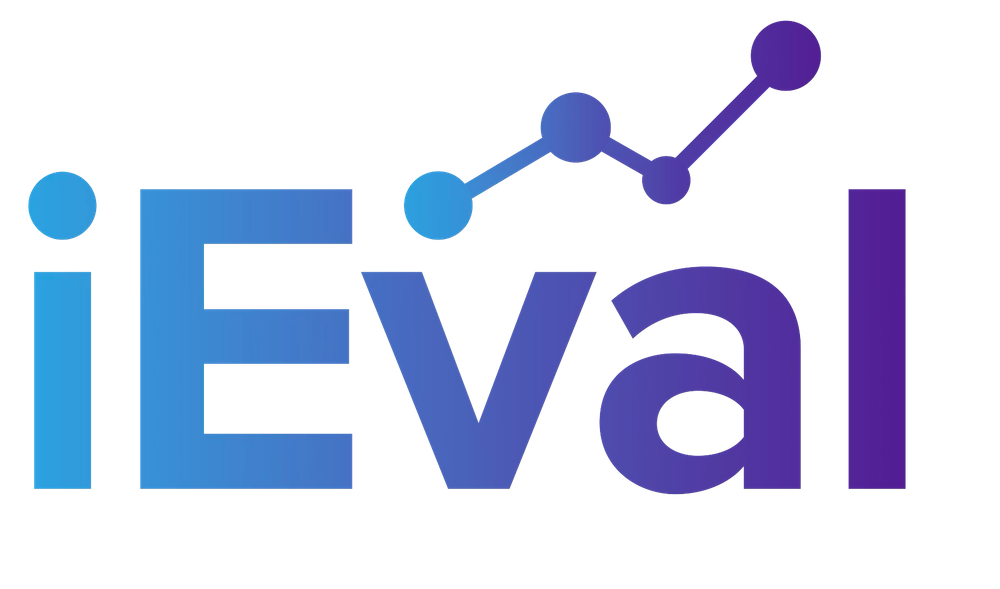A month ago, I talked about Thomas Jefferson as one of our founding evaluators because he recorded data, monitored changes, analyzed data, made decisions and improvements based on the data, engaged others in his thought processes, and saw data analyses as something extremely valuable to his way of life. I recently went to an amazing Thomas Jefferson exhibit at the American Philosophical Society in Philadelphia called Jefferson, Science, and Exploration. In part of the explanation of the exhibit at the APS web site, it states:
Big data counted for Jefferson—he rebutted European stereotypes of American nature as degenerate and weak by gathering scientific data on the size and variety of American plants, animals, and humans—even calculating the number of geniuses America had produced per capita. Jefferson also promoted collecting weather data to counter the belief that America’s “swampy” climate contributed to degenerate flora and fauna.
At the exhibit, I saw several examples of how Jefferson used data to make decisions and improve his (and others’) work. Jefferson had APS form a committee to gather and analyze data on the Hessian fly, which was causing problems for wheat farmers across America. In a letter from Jefferson to Jonathan Havens and Sylvester Dering on December 22, 1791, he thanks these gentlemen for discovering that the Hessian fly has two generations of offspring per year – this information will help them identify a way to fight against the infestation.
Another example can be seen in the letter below, from Jefferson on January 17, 1800 to the United States House and Senate. While the first American census gathered only the number of individuals, free and enslaved, in each household in 1790, Jefferson proposed that additional data should be collected in the 1800 census. He wanted to help determine the effect of the soil and climate on our country and citizens. Some of his recommendations also included recording the number of native citizens and foreign-born and the professions of males. These recommendations were not adopted, but it’s more evidence of Jefferson’s forward thinking related to data and evaluation and how he clearly had plans for the meaningful use of the additional data components.
Thank you to the American Philosophical Society for permission to take pictures of these original letters from Thomas Jefferson and share them with you through our blog. And, if any of you are in the Philadelphia area, I’d highly recommend stopping by APS to see the Jefferson exhibit, which ends December 30, 2015. The third part of this amazing exhibit will open in April 2016.
DR. TACKETT’S USEFUL TIP: I always advise clients not to collect data just for the sake of having more data (e.g., asking extra questions on a survey, interviewing parents just because they have access) – they need to have a clear plan for using the data if they are to collect it. Thomas Jefferson’s systematic plans for data collection and analyses can serve as models for us in how to clearly explain the intended use of new data collection.



